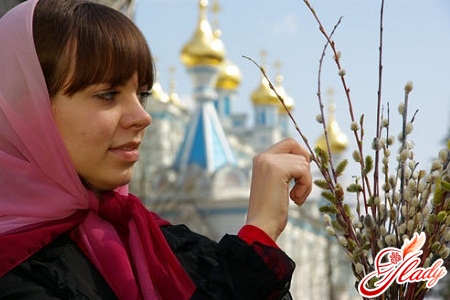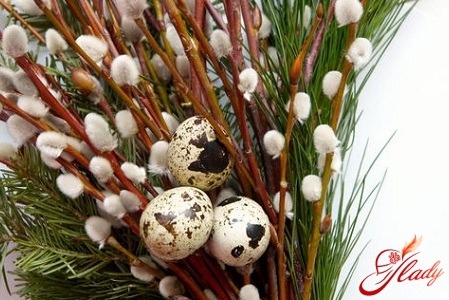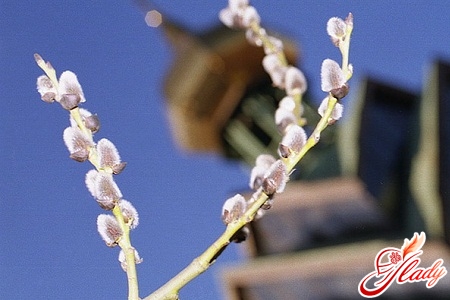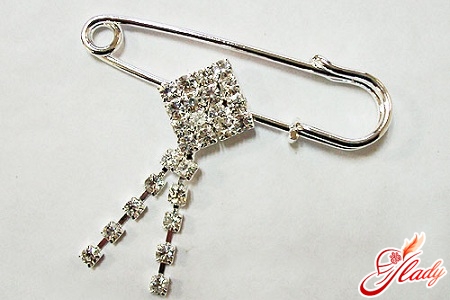 Palm Sunday is a great Christian holidaya holiday celebrated in Rus' since the 10th century. According to the Holy Scriptures, it was on this day that Jesus entered Jerusalem, which began his path of suffering, ending with crucifixion. This holiday acquired special importance because it is, in fact, the last day of Lent.
Palm Sunday is a great Christian holidaya holiday celebrated in Rus' since the 10th century. According to the Holy Scriptures, it was on this day that Jesus entered Jerusalem, which began his path of suffering, ending with crucifixion. This holiday acquired special importance because it is, in fact, the last day of Lent.
history of the holiday
Already before our era at this time the Jewish peoplecelebrated the great holiday of Easter, which was associated with the liberation of the chosen people from Egyptian slavery. That is why all believers flocked to Jerusalem on the eve of the future Palm Sunday to celebrate it. And since the most ancient Jewish scriptures said that the King of Israel was to come to this city, who would liberate believers from Roman oppression, many people came out to meet Jesus when he entered Jerusalem. Even those who did not believe that Jesus was the son of God came out to honor him on this day, because the legend said that the King of Israel would enter the city on a young donkey, which is what the future Savior did. Initially, this holiday and the week following it were called the week of Vayi, which means the week of palms. The holiday got its name because the people who met Jesus in Jerusalem laid out palm branches for him to walk along. However, there were no palm trees in ancient Rus', so instead of them, willow branches began to be used as a symbol of this Christian holiday, because this is the plant that wakes up first in our area after the winter cold. On Palm Sunday, the branches are blessed in the church. According to tradition, parishioners must depict the meeting of the invisible Jesus, thereby paying tribute to the event that happened more than two thousand years ago. But today, many believers simply bring willow branches into the house. Since this great Orthodox holiday falls on the last day of Lent, many foods are prohibited during its celebration. However, in honor of Palm Sunday, some indulgences are allowed: you can eat fish and drink red wine, ideally Cahors. Palm Sunday differs from other similar Orthodox holidays in that it does not actually have a pre-celebration or sub-celebration. The Saturday before Palm Sunday, according to the Holy Scriptures, is a day.
Traditions and customs
In Ancient Rus' in all cities with largePalm Sunday was celebrated on a grand scale: the holiday involved a large procession in which all city residents and clergy participated. For example, in the capital, the Patriarch was at the head of such a procession, sitting on a young donkey, and the animal was led by the tsar himself. In addition, so-called willow markets were held in all cities, which became a place for public festivities. Such markets were especially loved by children, because in addition to the willow itself, toys and sweets were sold there. A willow cherub, a paper angel, was tied to each bunch of this plant, which was supposed to protect the plant from evil forces until it was brought into the house. Orthodox believers usually keep the plants blessed on Palm Sunday throughout the year, believing that they protect the house. In addition, branches of this plant are often taken to the cemetery or placed in the hands of the deceased to indicate that they, like Jesus, will be able to cross over death, be resurrected and meet the Savior during his coming. The symbol of this holiday is also credited with healing properties. For example, it is believed that if a person eats nine pine cones, then all ailments and diseases will bypass him. If you put a willow in water and bathe a sick child in it, then he will quickly recover. And a willow branch placed on a windowsill will divert a thunderstorm from the house. The cones of this plant were also used to treat infertility: during the holiday of Palm Sunday, bread was baked from them for women who could not get pregnant for a long time. Everyone else could eat this bread, because it was believed that it had a general strengthening property. Believers also thought that with the help of a willow, you can stop a fire if you throw it into the flames. And people, with the help of consecrated branches, will be able to get rid of their shortcomings and sins, for example, cowardice and pride.
Holiday signs
Palm Sunday was associated in ancient timesand with various kinds of signs. For example, if this day turns out to be sunny, then in the summer you can expect a large and rich harvest of wheat and vegetables. If severe frosts hit Palm Sunday, there will be a good harvest of spring bread. What you couldn’t do during Palm Sunday was drink water collected where this plant grows. It was believed that devils and other evil spirits often climb into its thickets to warm up, but when the willow begins to be consecrated, they all jump into the water as one. Therefore, by drinking such water, you can take on diseases and ailments that are difficult to cure. Palm Sunday traditions are closely associated with domestic animals and agricultural crops. If you lightly beat an animal with a consecrated willow, then it will be of great benefit and no disease will stick to it. After returning from church, the owners often did not immediately enter the house, but first planted several willow branches in the city, which were supposed to help get a rich harvest. If a storm was coming on the crops, a branch of the consecrated plant was also thrown in its direction, which was supposed to drive it away. And in order to preserve the crops themselves, several branches were planted in the field. Moreover, such a custom still exists not only in Russia and Ukraine, but also in Belgium and Austria. The willow helps to recognize evil spirits, for example, witches and sorcerers, and does not allow them to enter the house where it is kept. And especially resourceful Christians even use this plant to find treasures. The holiday of Palm Sunday today does not enjoy such respect: it is celebrated only by believers and people who honor traditions. However, despite this, willow branches can be found in almost every house. Whether you believe in the magical properties of this plant or not is up to you, but in many folk medicine recipes this plant is also often used to prepare various tinctures and ointments. It is used as an anti-inflammatory and astringent, for the treatment of varicose veins, etc.









